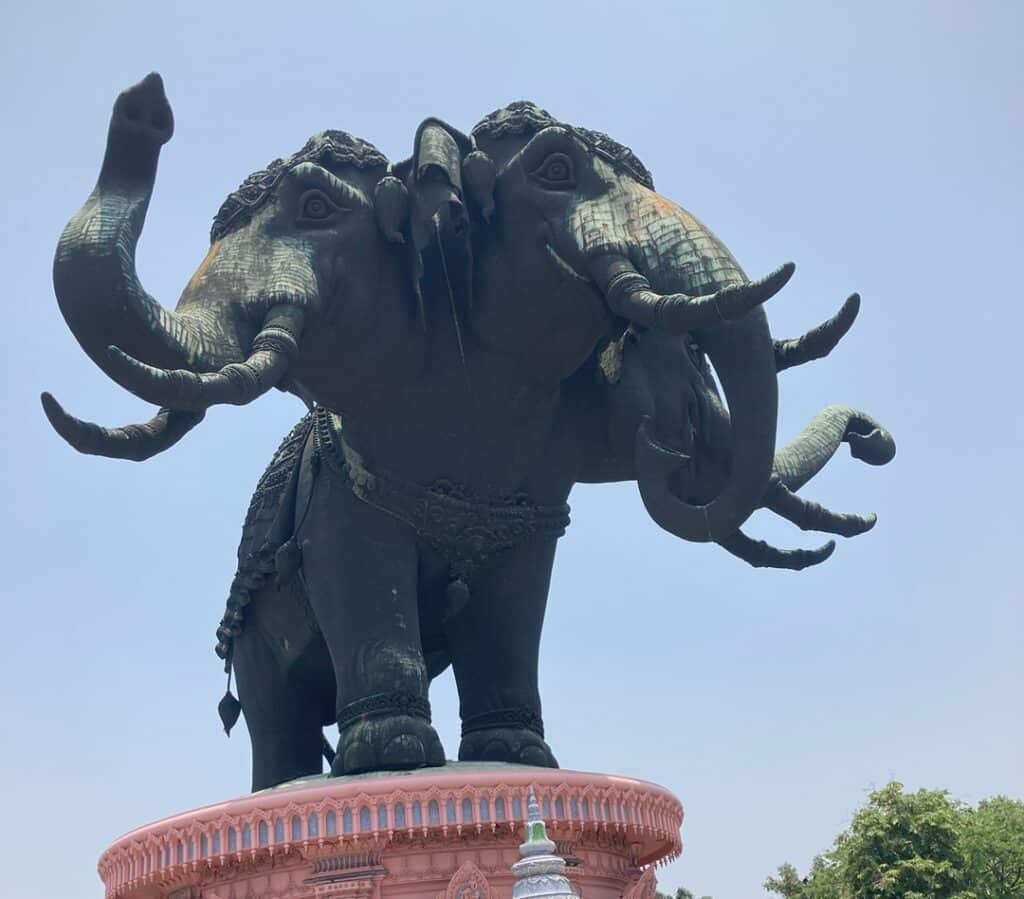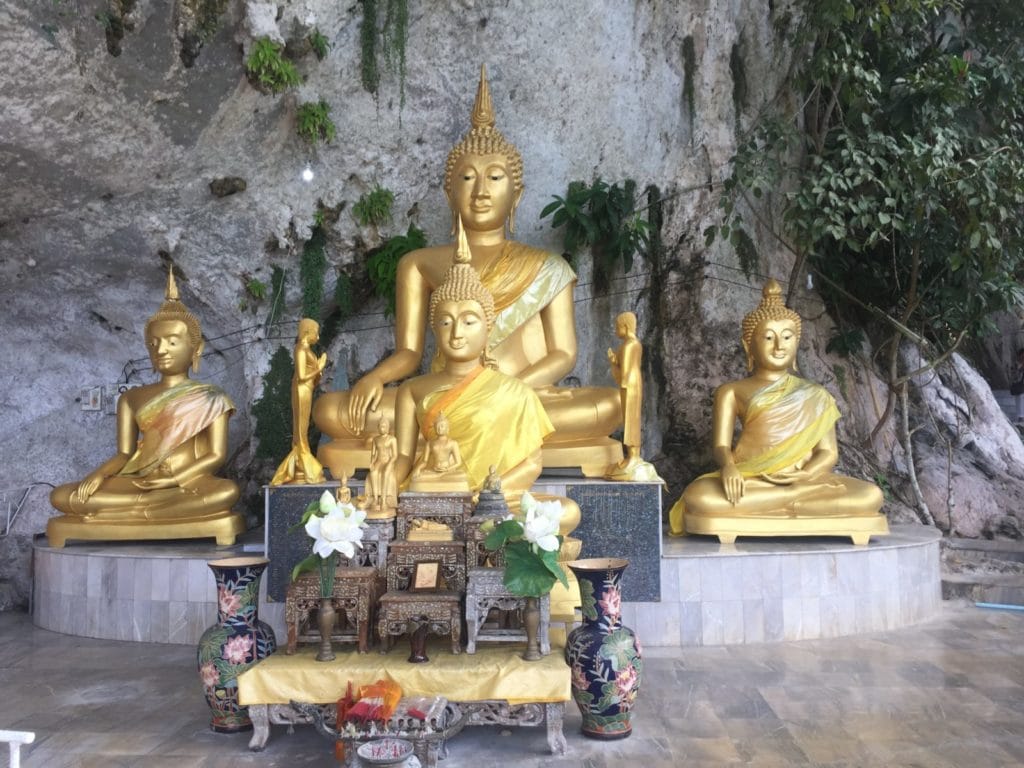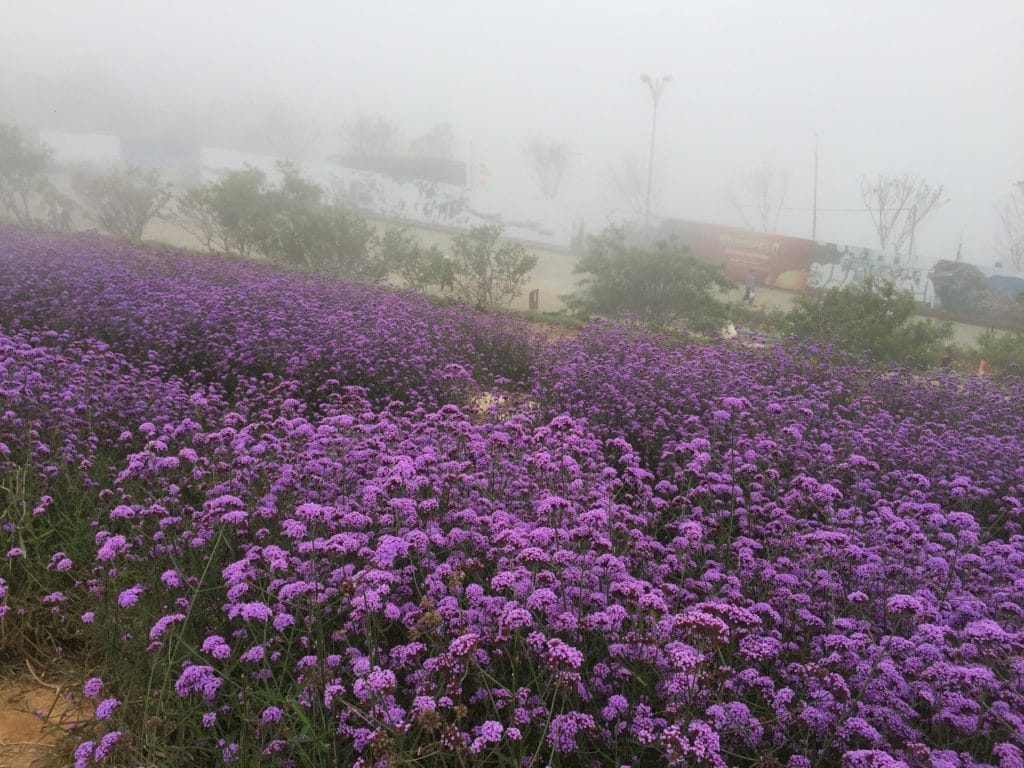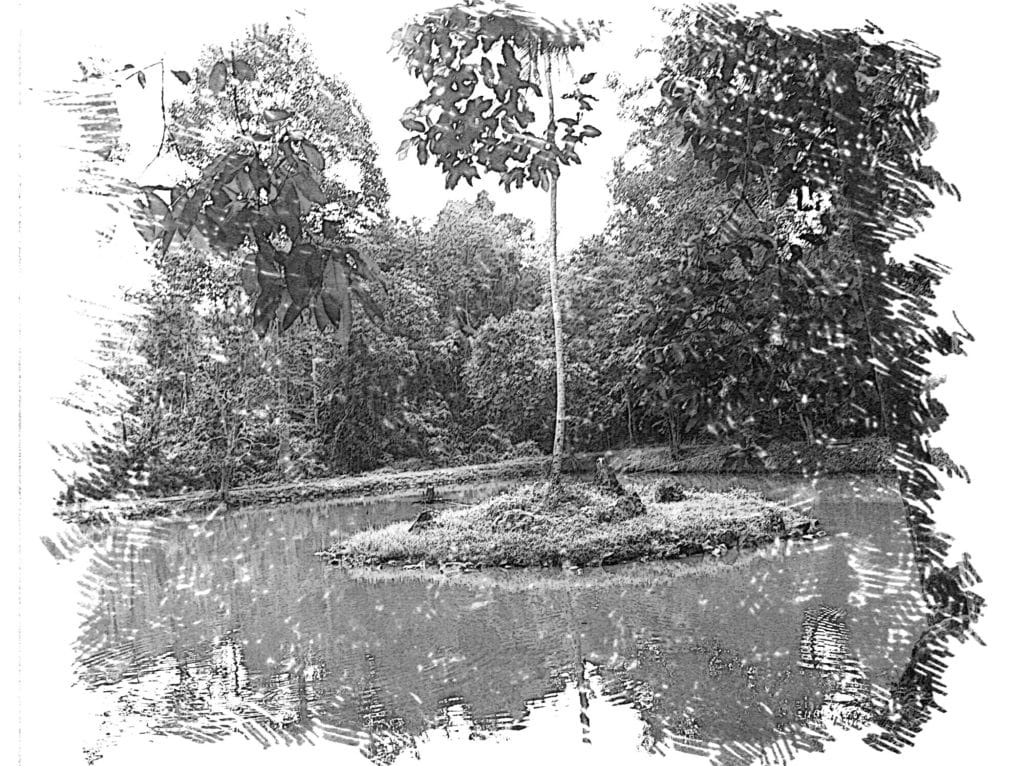Unveiling the Mysteries of Chang Erawan Museum in Bangkok
Exploring the Wonders of Bangkok’s Spiritual Heritage
Bangkok, a city vibrant with culture and tradition, is home to many unique historical sites. One of the most intriguing is the Chang Erawan Museum, an architectural marvel that not only offers a glimpse into the artistic heritage of Thailand but also serves as a spiritual sanctuary. This museum, known for its giant three-headed elephant statue, has become a significant cultural and spiritual landmark in Bangkok.
The Architectural Marvel of the Chang Erawan Museum
The Chang Erawan Museum was the brainchild of Lek Viriyaphant, a Thai millionaire who envisioned a space that would house his collection of antiquities and promote Thai heritage. The construction began in 1994 and was completed in 2003, long after Viriyaphant’s death. The museum’s most striking feature is undoubtedly its enormous bronze statue of a three-headed elephant, Airavata, which sits atop the building. This statue is not only a masterpiece of craftsmanship but also symbolizes the universe in Hindu cosmology, underlining the museum’s theme of spiritual and earthly connection.
Inside the Spiritual Sanctuary
The interior of the Chang Erawan Museum is divided into three levels, representing the Thai cosmos’s underworld, earthly realm, and heaven. Each level is meticulously decorated with religious iconography, precious antiques, and artifacts from various parts of Thailand and other Asian cultures. The first floor features the underworld with its intricate ceramic tiles that create a mesmerizing oceanic effect. The second floor, representing the earth, showcases historical relics and traditional Thai craftsmanship, offering insights into Thailand’s cultural evolution. The top floor or the heaven symbolizes the spiritual beliefs and practices, adorned with a stunning stained glass ceiling depicting the world map.
The Significance of the Three-Headed Elephant
The three-headed elephant, known as Erawan in Thai, is a mythical creature from Hindu mythology, believed to carry the god Indra. It stands as a symbol of the universe’s physical, celestial, and spiritual layers. This iconic figure not only reflects the museum’s spiritual themes but also pays homage to Thai craftsmanship and mythology, making the museum a crucial preserver of cultural identity.
Cultural Impact and Contributions
The Chang Erawan Museum does more than just display artifacts; it plays an active role in cultural education and preservation. It offers workshops, cultural performances, and educational programs that help visitors understand the depth of Thai culture and its influences. The museum’s design and exhibits also inspire artists and historians by providing a comprehensive look into the rich tapestry of Southeast Asian history and spirituality.
A Haven for Art and Spirituality
Visiting the Chang Erawan Museum is a journey through time and belief. It provides a sanctuary where one can explore the spiritual heritage of Thailand while admiring the breathtaking artistry that the museum houses. Whether you are a history buff, art enthusiast, or spiritual seeker, the museum offers a profound experience that deepens the appreciation for Thai culture and its spiritual nuances.
Conclusion: A Must-Visit Cultural Landmark in Bangkok
The Chang Erawan Museum stands as a testament to Thai culture’s complexity and beauty. With its remarkable architecture and significant spiritual symbolism, it invites visitors from around the world to delve into a deep, enriching cultural experience. It is a key destination for anyone looking to explore the historical and spiritual dimensions of Bangkok, making it a vital part of Thailand’s cultural landscape.
If you’re planning a trip to Bangkok, make sure to include the Chang Erawan Museum in your itinerary. It’s not just a museum; it’s a journey into the soul of Thai culture and spirituality.
To learn more read my blogs
Table of Contents
Share



